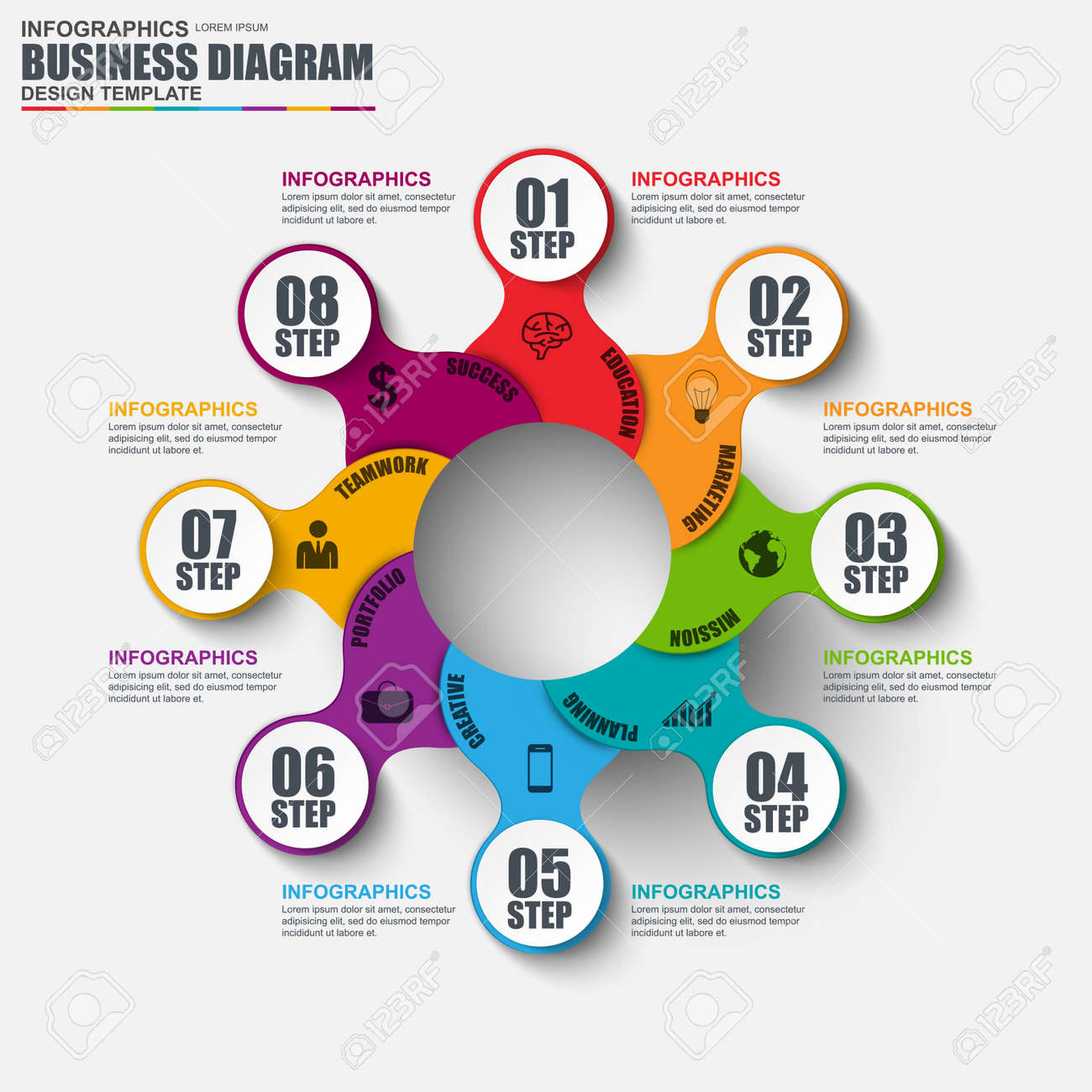Core Concepts Of Web Site Style: Recommendations For Crafting A User-Friendly Online Presence
Core Concepts Of Web Site Style: Recommendations For Crafting A User-Friendly Online Presence
Blog Article
Article Author-Scarborough Neville
When it pertains to site style, making certain user-friendliness is vital. From receptive style to streamlined navigating, every aspect plays an important function in creating a site that deals with your audience's needs. Yet what regarding the better details that can make or damage an individual's searching experience? Stay tuned as we uncover some often-overlooked pointers that can elevate your site's use to the next degree, making it really stand apart in the digital landscape.
Relevance of Responsive Layout
Receptive layout is a critical facet of contemporary site growth. Guaranteeing your website is responsive ways that it can adapt to various display dimensions and gadgets, supplying a smooth experience for individuals.
With the enhancing use of mobile phones and tablets to access the web, having a responsive layout is important for getting to a wider target market. It assists in enhancing user experience by making your site very easy to browse and keep reading any type of gadget.
Additionally, responsive style can favorably affect your online search engine positions, as online search engine like Google prioritize mobile-friendly websites. By having a receptive design, you're additionally future-proofing your site, as new gadgets with differing screen sizes remain to arise.
Simplify Navigating Framework
To improve customer experience and assist in easy access to information on your internet site, enhancing the navigating framework is critical. When developing your site, concentrate on producing a clear and intuitive navigation food selection that assists visitors discover what they're searching for quickly.
Restriction the number of menu items to the basics, grouping related pages with each other to stay clear of overwhelming individuals. Use descriptive labels that plainly suggest the web content of each page, making it simpler for customers to recognize where each link will take them.
Think about executing dropdown menus for subcategories to prevent jumbling the major navigation bar. In addition, consist of a search bar plainly on the page for customers that favor searching for particular details.
Prioritize mobile responsiveness in your navigating layout to ensure simple gain access to on all gadgets.
Maximize Web Page Lots Rate
Improving page load rate is critical for keeping site visitors on your site. Slow-loading pages irritate customers and can cause high bounce rates. To enhance page load speed, begin by enhancing photos. https://www.liveinternet.ru/users/henry_north/post510423786 without endangering top quality to decrease their documents dimensions.
In addition, allow web browser caching to keep frequently accessed resources locally, accelerating tons times for returning site visitors. Minify CSS, JavaScript, and HTML documents by removing unnecessary characters, remarks, and formatting, boosting tons speed.
Consider using a web content delivery network (CDN) to distribute your website's material throughout multiple web servers worldwide, reducing latency for customers accessing your website from different areas. Lastly, web designer fort worth making use of third-party scripts and plugins, as they can considerably influence load times.
Conclusion
Finally, by incorporating responsive design, simplifying navigation, and optimizing web page tons speed, you can develop a straightforward site that interest a wider target market and enhances customer experience. These essential elements guarantee that visitors can conveniently accessibility and navigate your site across various devices, resulting in increased involvement and contentment. By concentrating on these essential aspects, you can build an effective web site that keeps customers returning for more.
